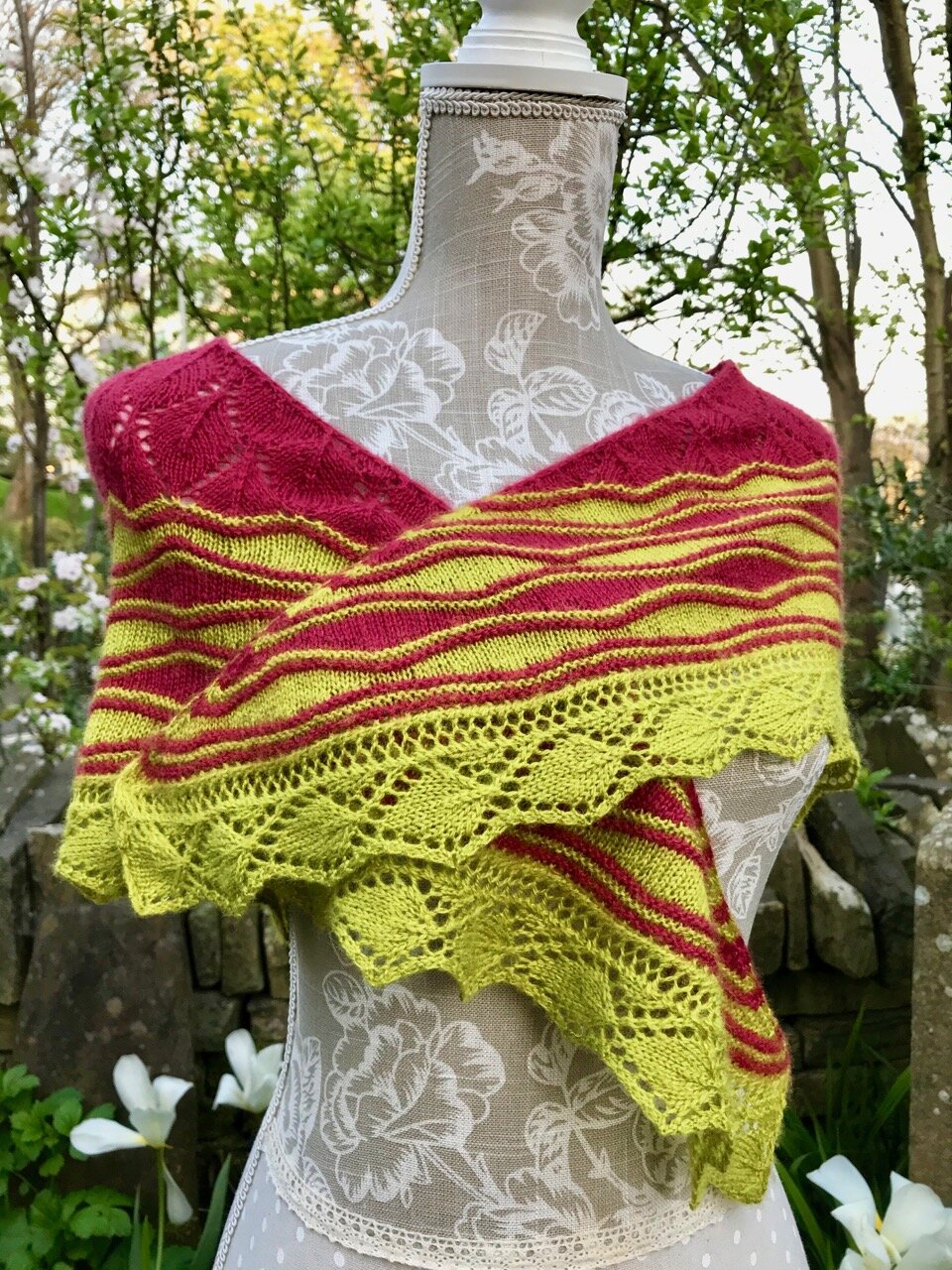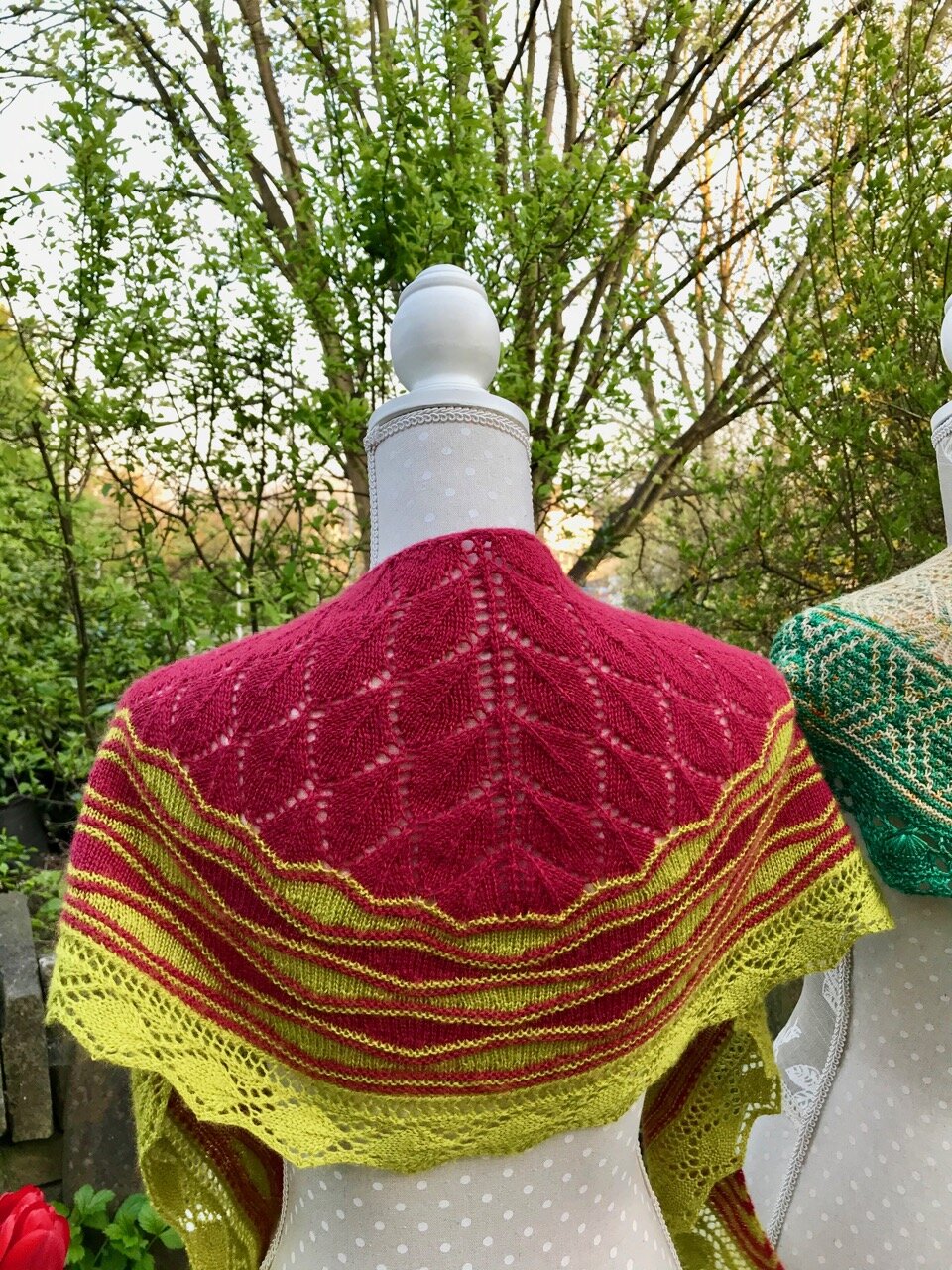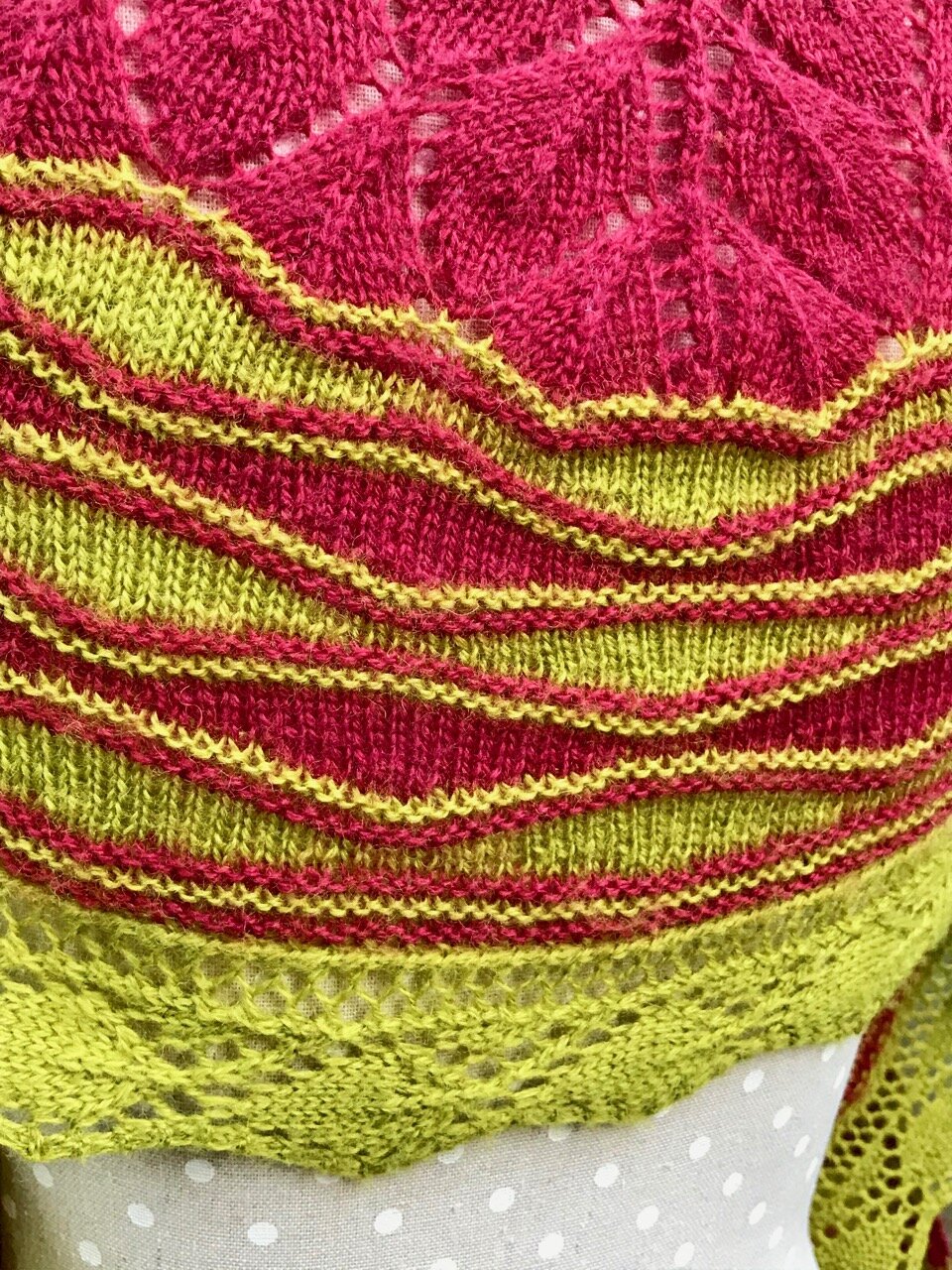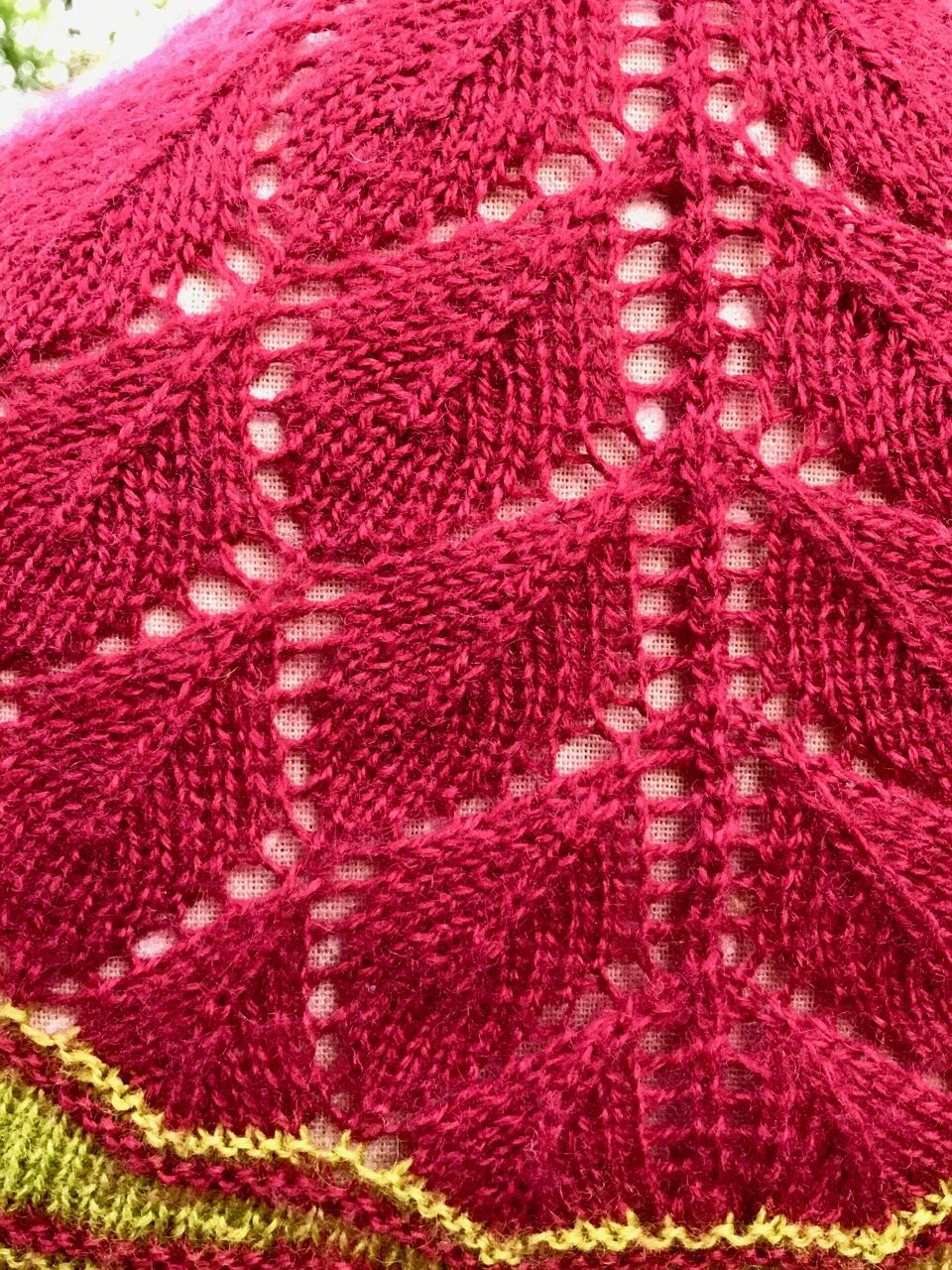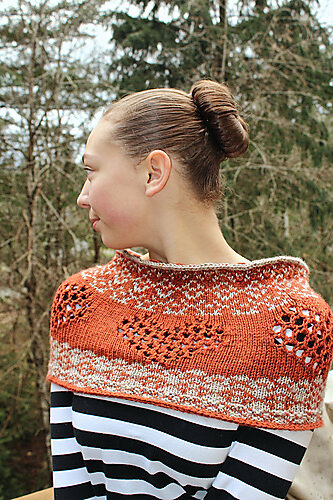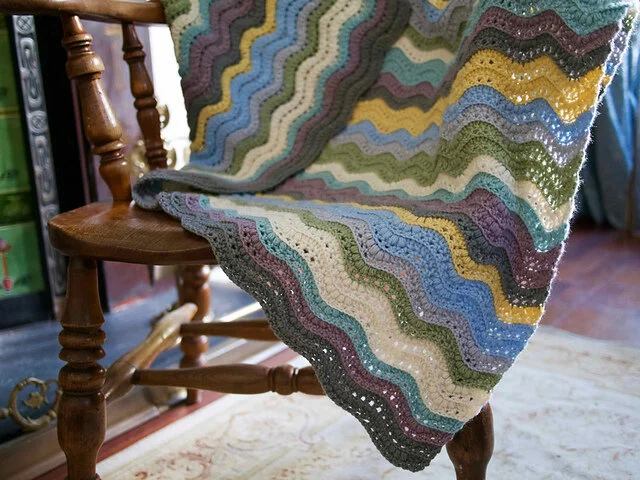I hope you are all keeping safe and well at the moment. At the end of January I rereleased my Striate Cowl and stated that I would donate 25% of all sales in the introductory period to SafePassageUK.
I am very sorry to say that updating my financial records and sorting out the payment has taken me much longer than intended. I never forgot that I had this to do, however it has been difficult to find time and the head space needed to get everything up-to-date with dealing with COVID-19. Thanks to a few days off work to recharge my batteries, I have now happily made the payment. Thank you to everyone who purchased patterns over this period. I decided when making the donation I would include 100% of sales and have rounded it up to £25. Thank you for the support!
Take care,
Happy knitting and crocheting,
Sarah xxx








